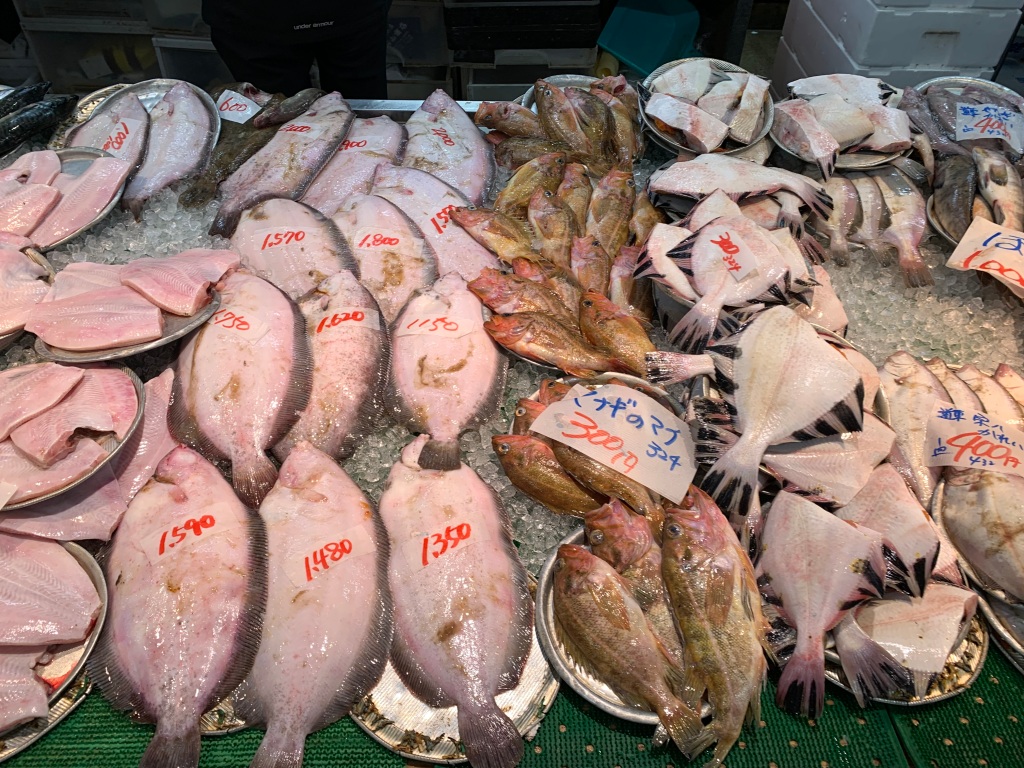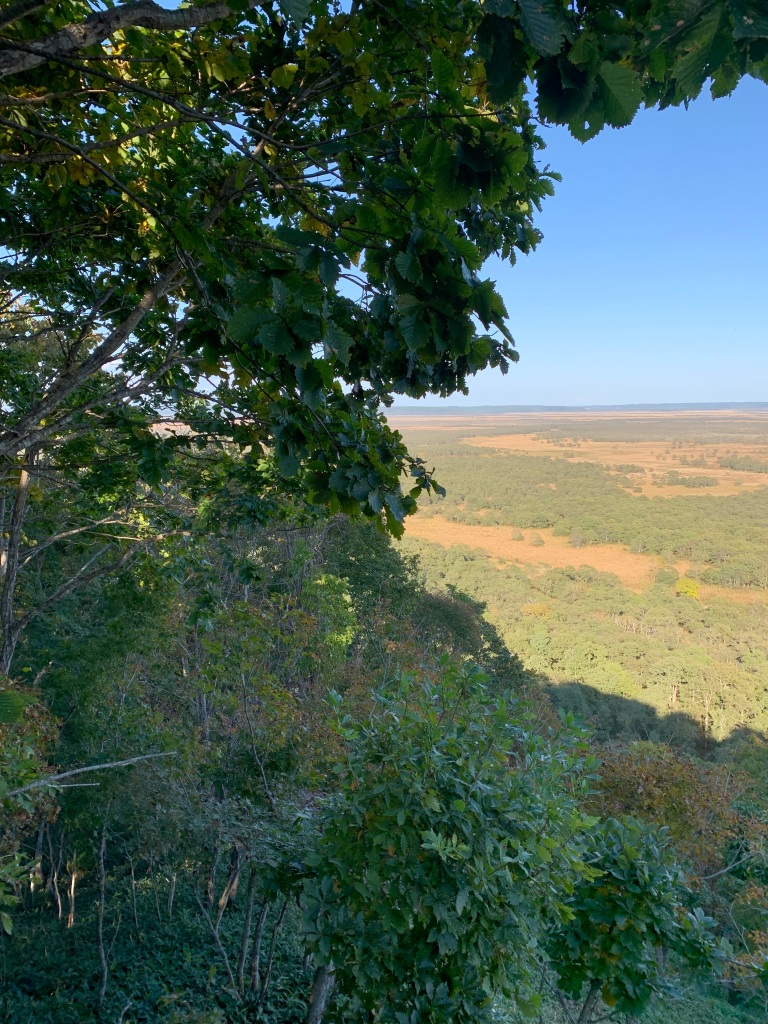It’s official. Robert has now made it to Japan and he can add another country to his list of countries visited. For me, this stop is my first visit to Japan since business trips in the 1980s when I worked for Xerox.
Our port call was the city of Kushiro on Japan’s northern most island of Hokkaido. Although it is near several major Japanese national parks, the town is more known as an industrial port with its fewer than 200,000 inhabitants. Still, it provided us with an opportunity for a bit of Japanese history and culture.

For most of Japan’s history, Hokkaido was sort of a no man’s land, inhabited only by the indigenous Ainu people and controlled by the Shogun military rulers of Japan. But after the Meiji Restoration in 1869 when the emperor regained control and ousted the long-ruling military generals, Japan not only opened up to the West but also decided to develop the island of Hokkaido in part to keep the Russians out. They encouraged development and promoted Japanese from other parts of the country to homestead land.
That history makes Kushiro and Hokkaido an odd place to first experience Japanese culture. It’s like exploring United States history by first stopping in Phoenix. In Kushiro, everything has been built up in the last century or so. Moreover, American experts were very influential in defining much of its initial development—which probably makes it seem as much American as Japanese.
Our tour guide asked our group if any of us had ever heard of Dr. William Clark. We all looked at each other with befuddlement. “I can’t believe it,” she said, “he’s so famous here.” It turns out that this American helped define education models on the island in 1876 and founded its best university, now known as Hokkaido University. His most famous phrase is apparently on public buildings all over the island, “Boys, be ambitious.” Put that fact in your memory banks for some future obscure trivia game!
Our tour, however, was very traditional. We visited the local city museum and saw an incredible display of Ainu fabrics and artifacts, which I have a feeling was more interesting and informative than a competing tour to an Ainu village might have been.
We visited the local fish market. Kushiro is also a major fishing port, and this market is famous for its katte don, an as-you-like-it bowl, where you can get a scoop of rice in a bowl and then go around to various fishmongers to add small pieces of various sliced fresh seafood. The end result: a custom sushi bowl. Perhaps, it was a Freudian slip on my side, but I forgot all my yen on the ship, and because the market was Japanese cash only we didn’t participate. Instead, we wandered around nearby streets, and visited the train station to examine a photo exhibit of Kushiro’s famous sunset. (Supposedly, it rivals that of Bali. But on our day in town, it did not.)
We also toured the Kushiro Crane Reserve, which has been instrumental in nurturing back the Japanese red-crowned crane from only 10 in Japan a few decades ago to nearly 2,000 today. The crane of course is a major symbol of Japanese culture. We were even more pleased to have spotted three cranes in the marshes as we drove away after the visit. Our other bus mates were too busy looking at their phones to have noticed. We felt a little smug. (Another piece of trivia: The crane is red-crowned because it lacks any feathers on the top of its head, and the skin with its blood vessels near the surface shines forth.)
Finally, we visited the Kushiro Shitsugen National Park which protects the largest marshlands in Japan. In addition to its being a habitat for the crane, it is home to over 600 unique plant species. We took a mile or so long hike on a boardwalk through its landscape.



Finally, a note about Kushiro itself. As mentioned earlier, it has a grid pattern with wide streets similar to any industrial midwestern American city. Because this is a pretty cold climate, the houses seem very well constructed and most are recently built. They are mostly single-family houses that would almost fit into any American suburb. Only the exterior finishes, which often appear plastic or ceramic, seem unfamiliar.
Unfortunately, the town also feels American in another way. Many industries have closed down and been abandoned. The stores in the business center are frequently empty and boarded up. And there is virtually no life on the streets, except for our cruise visitors. It was a little eerie. A little bit too much like being in the Rust Belt.
Please check out all my novels in either paperback or Kindle format, including The Long Table Dinner, The Finnish Girl, The Devil’s Analyst, and Tales from the Loon Town Café. All titles are available to read for free to Amazon Prime subscribers.
Leave a comment